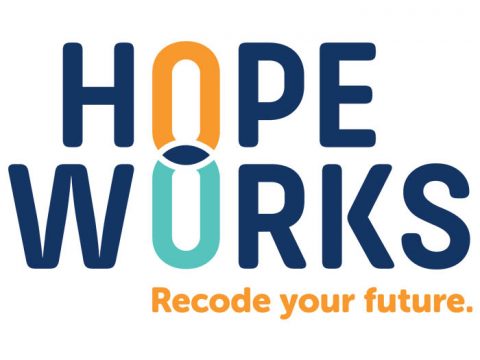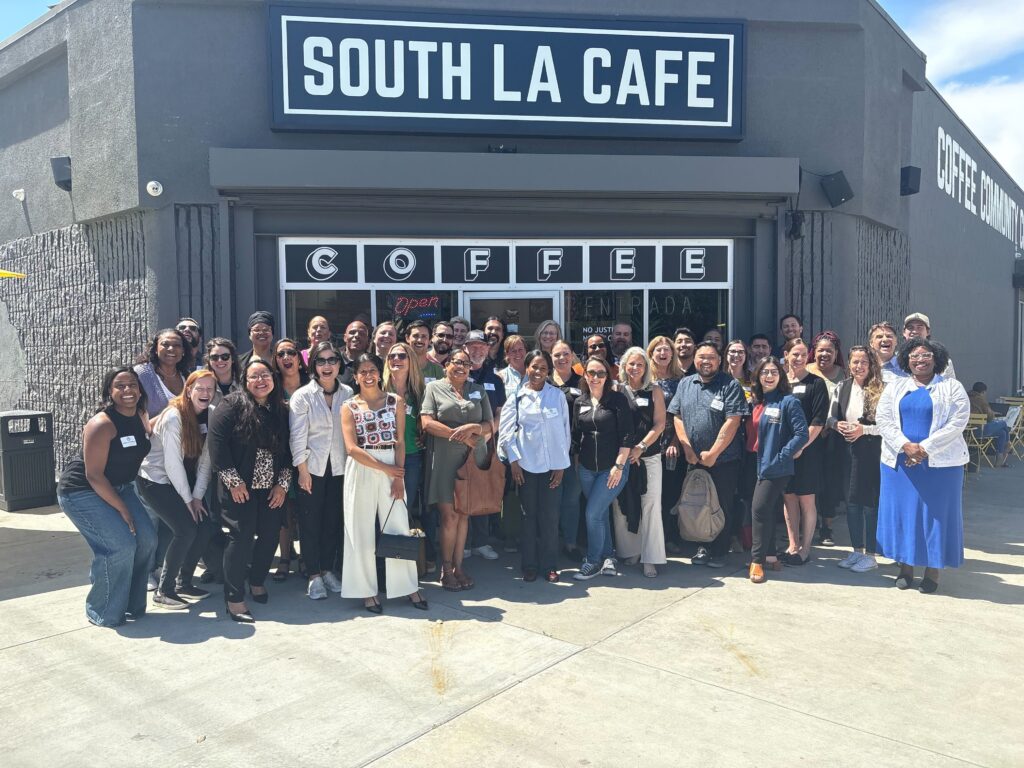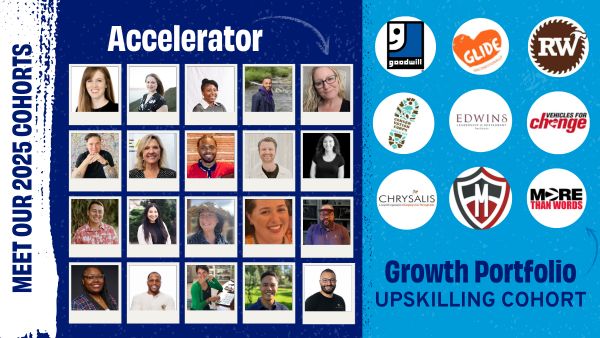IN THIS POST
I first heard of the social enterprise model through a project I worked on as a consultant at Boston Consulting Group (BCG). The project was for a nonprofit in Chicago aiming to reduce gun violence by increasing employment opportunities. In my project, my team was tasked with building a social enterprise under the organization to help employ the nonprofit’s interns. This structure struck me as a “win-win-win” business model — something that one rarely finds in business. From this work, I saw the transformative power of social enterprises and knew I wanted to continue my work in the space.

REDF was the perfect fit for me, and I was excited to accept the offer to serve as a Farber Fellow. I was paired with Hopeworks, an employment social enterprise located in Camden, New Jersey, focused on helping youth find living-wage jobs in tech through training and internships in web design, geographic information systems, trauma-informed counseling, and more. My task for the summer was to help Hopeworks grow, with the goal of placing hundreds more youth per year in living wage jobs. I spent the first few weeks gathering data — talking to local business leaders, workforce development nonprofits, social enterprise leaders, and tech-focused job training programs. I quickly learned that Hopeworks’ outcomes were unparalleled; while comparable training programs placed 5 individuals in full-time roles for every 100 applicants, Hopeworks placed 22.
My work had four objectives: (1) grow the number of youth in the program, (2) grow Hopeworks’ business lines, (3) determine where Hopeworks should expand geographically, and (4) put together an operational expansion plan for eventual geographic growth. To grow the number of youth in the program, I recommended that Hopeworks invest in targeted marketing efforts and partner with local social service organizations. And to ensure that the youth who were enrolled complete the program, I recommended Hopeworks address the financial and transportation challenges that many of the youth face. I am thrilled to report, since my time with Hopeworks ended this summer, retention is up.
For my second objective, I recommended doubling down on high revenue existing business lines and exploring expansion into new tech fields. For my third objective, I provided a set of criteria for an expansion city, such as a significant number of open roles in these fields, high unemployment rates, easy-to-use public transportation, and a robust funding and philanthropic ecosystem. My research helped identify several top choices and I advised Hopeworks on their expansion strategy. Finally, I created a guide summarizing key expansion steps, such as developing connections with local social service organizations to ensure the youth can be adequately served at the new site and scaling the full-time staff slowly by creating a hub of experts in their respective areas at the Hopeworks Camden site.
Several of my ideas have already been implemented at Hopeworks, which is exciting and fulfilling to see. If every city had a Hopeworks, I truly believe the world would be a better place. Hopeworks is transforming lives and helping youth build a better future for themselves and their families.
I am so proud of Hopeworks, REDF, and the Farber Fellows. The REDF staff is incredible; they possess a unique combination of business acumen and passion for helping others. The individuals I met at Hopeworks are unparalleled. Hopeworks succeeds due to the investment in the program by its leadership. Executive Director Dan Rhoton is one of the most driven and inspiring leaders I’ve ever met. His genuine care for every individual who walks through Hopeworks’ doors is the key ingredient to their success. I’m excited to follow their journey.



